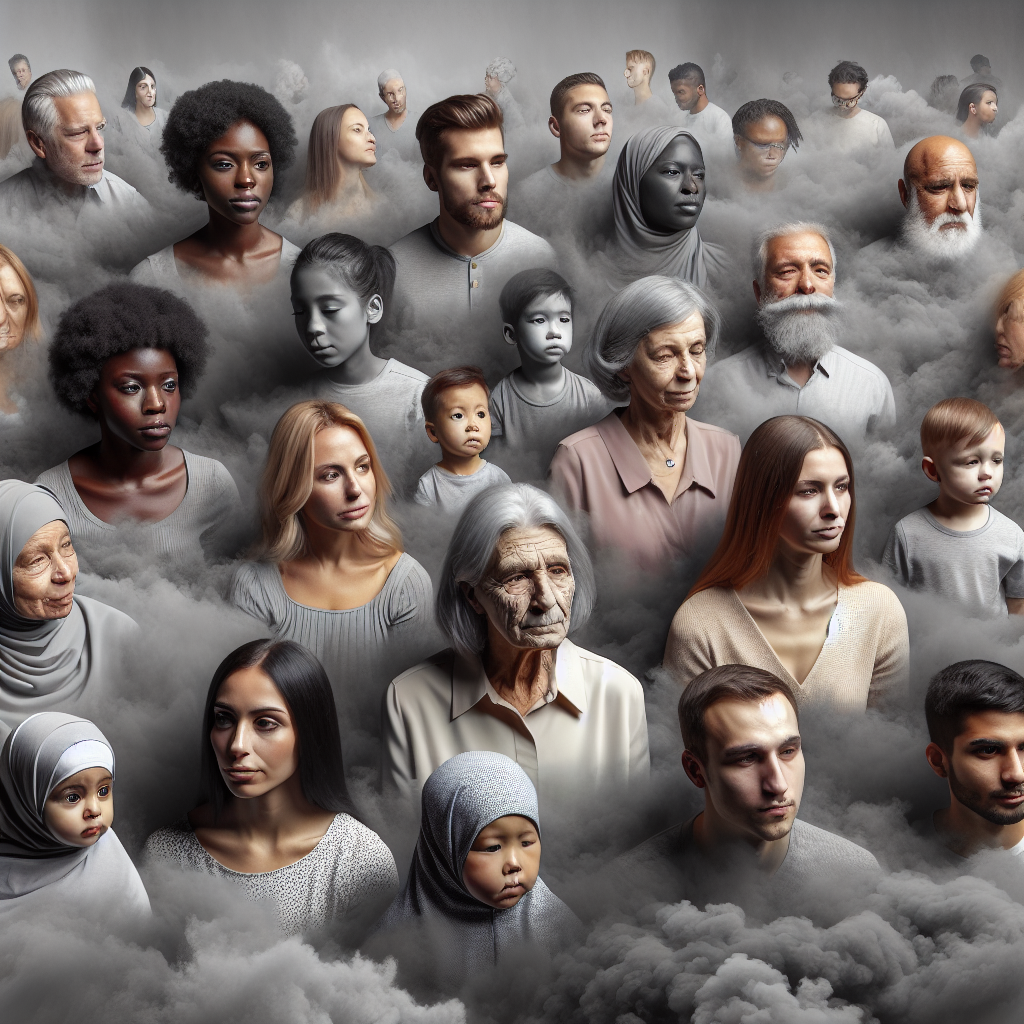Grey is often seen as a neutral and unassuming color, but its impact on our mood and behavior should not be underestimated. In fact, the psychology of grey reveals that this color can have a significant influence on our emotions and actions.
Grey is a mixture of black and white, and as such, it is often associated with balance, neutrality, and compromise. It is a color that can evoke feelings of calmness and stability, making it a popular choice for interior design and fashion. However, grey can also have a more somber and melancholic connotation, as it is often associated with gloominess and sadness.
One of the ways in which grey can impact our mood is through its ability to create a sense of detachment and distance. In psychology, grey is often associated with feelings of isolation and loneliness, as it can evoke a sense of emptiness and void. This can be particularly true in situations where grey is used excessively or in a monotonous way, as it can create a sense of dullness and lack of energy.
On the other hand, grey can also have a calming effect on our emotions. It is a color that is often used in meditation and mindfulness practices, as it can help to create a sense of peace and tranquility. Grey can also be a grounding color, helping us to feel more connected to the present moment and to our surroundings.
In terms of behavior, grey can have a similar impact. Research has shown that people are more likely to make rational and logical decisions when surrounded by grey, as opposed to more vibrant and stimulating colors. This is because grey can help to reduce distractions and enhance focus, making it easier to concentrate on the task at hand.
However, it is important to note that the impact of grey on our mood and behavior can vary depending on individual preferences and experiences. Some people may find grey to be calming and soothing, while others may find it to be dull and uninspiring. It is also important to consider the context in which grey is being used, as different shades and combinations of grey can evoke different emotions and reactions.
In conclusion, the psychology of grey reveals that this color can have a significant impact on our mood and behavior. While grey can evoke feelings of calmness and stability, it can also create a sense of detachment and loneliness. Understanding the psychological effects of grey can help us to use this color in a way that enhances our well-being and promotes positive emotions and actions.
#Psychology #Grey #Color #Impacts #Mood #Behavior,grey


Leave a Reply